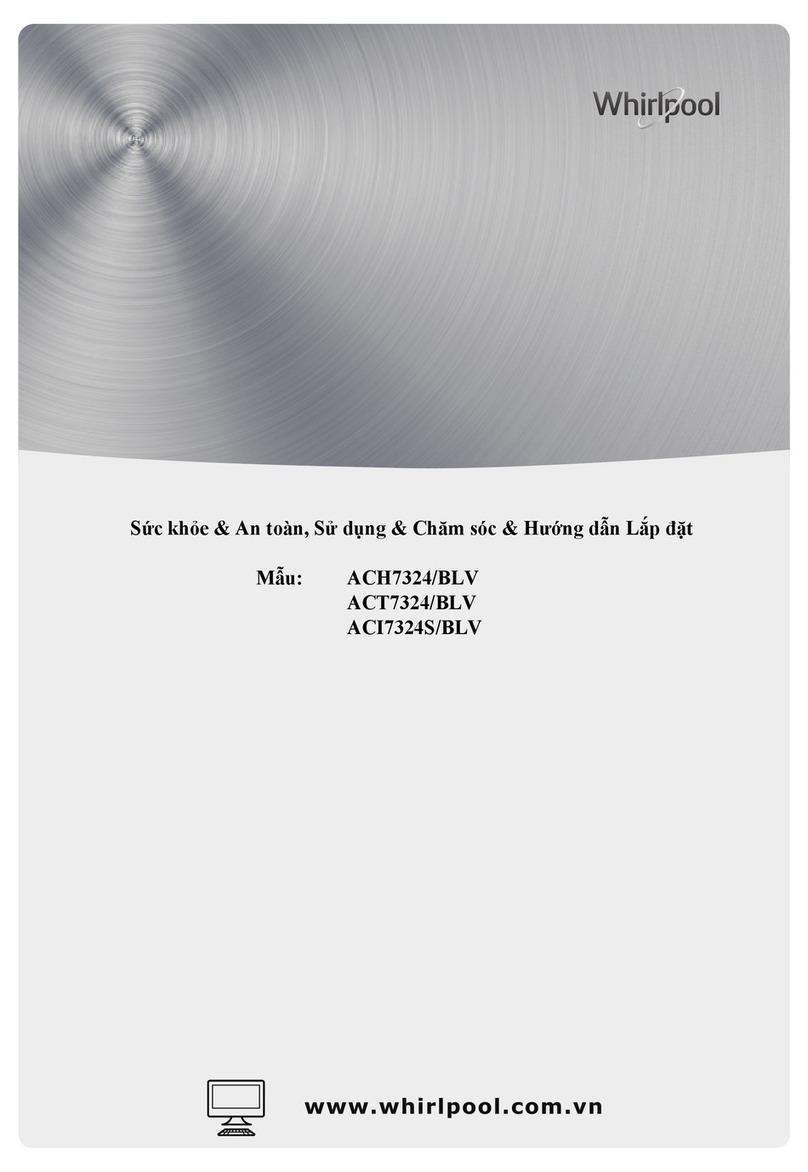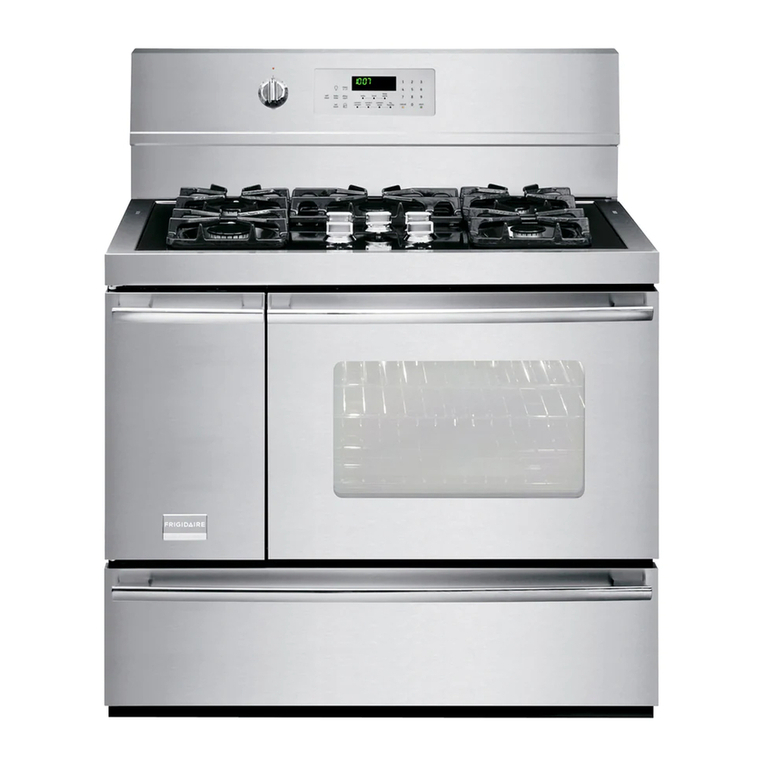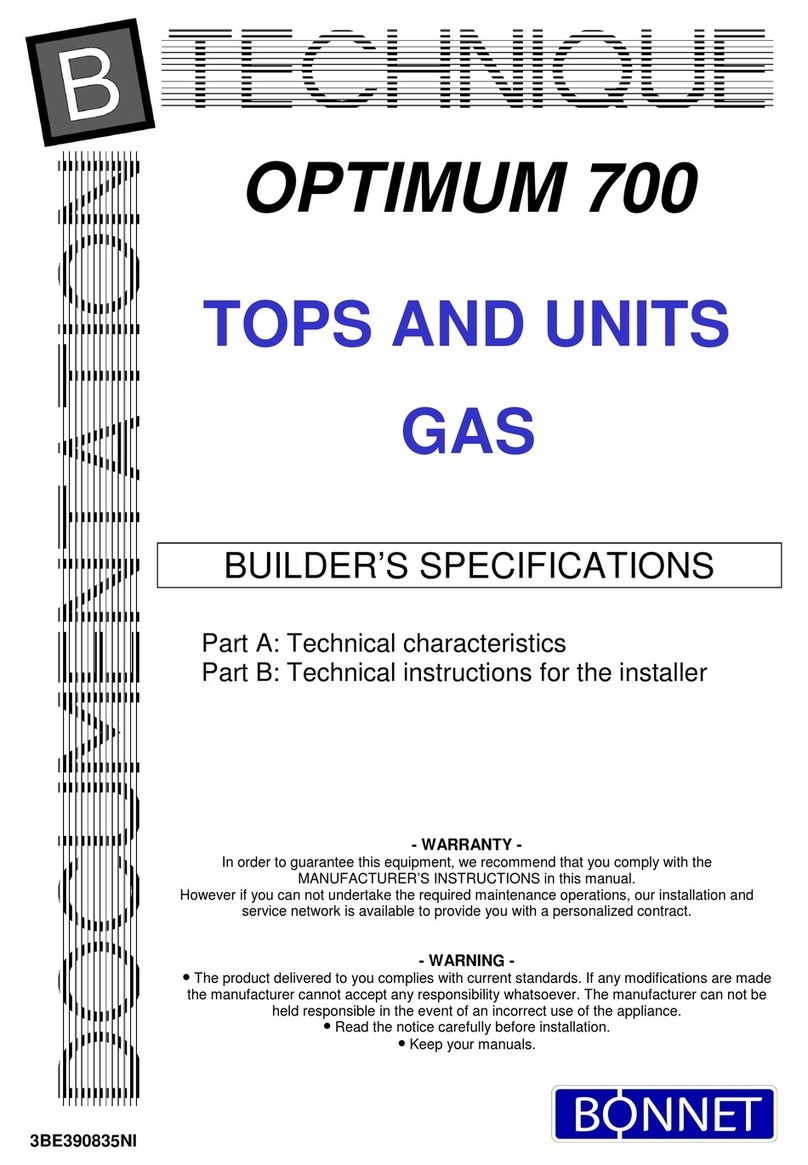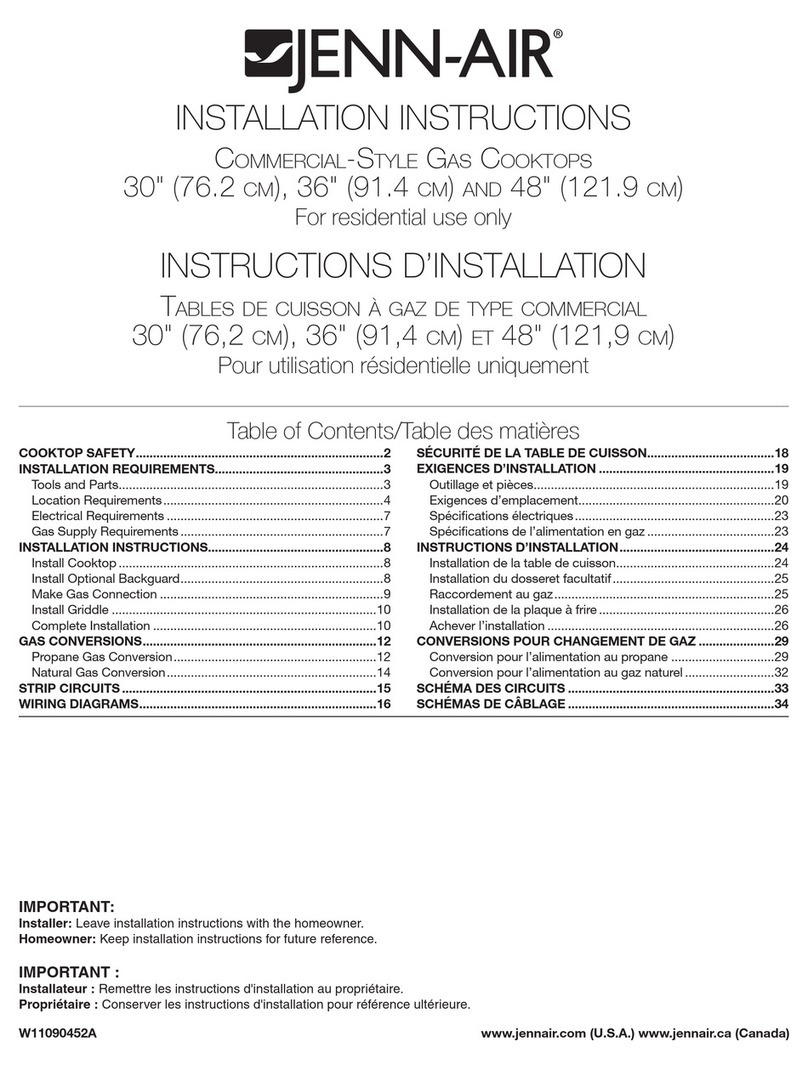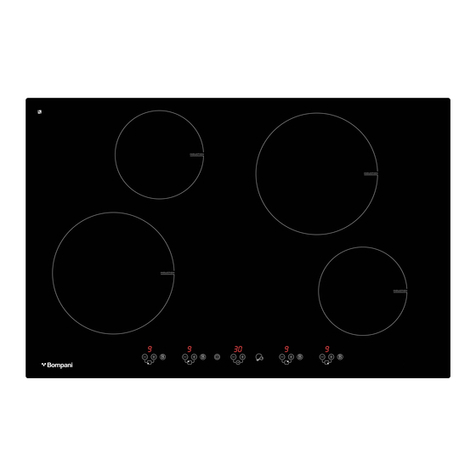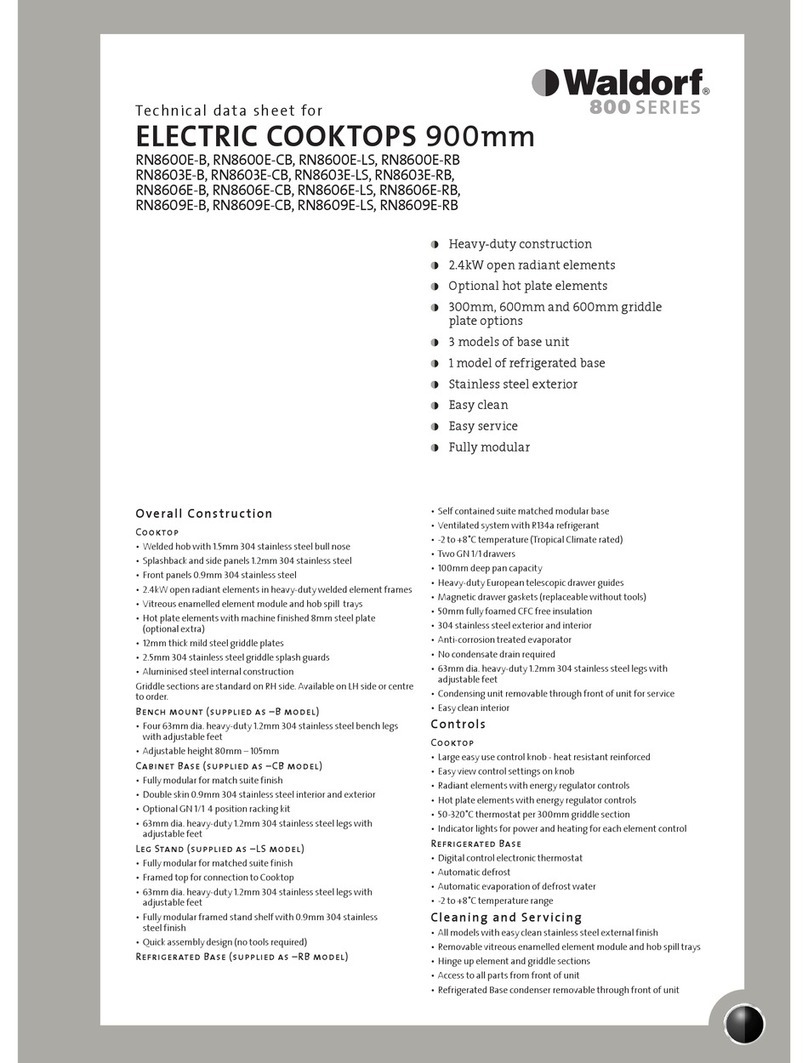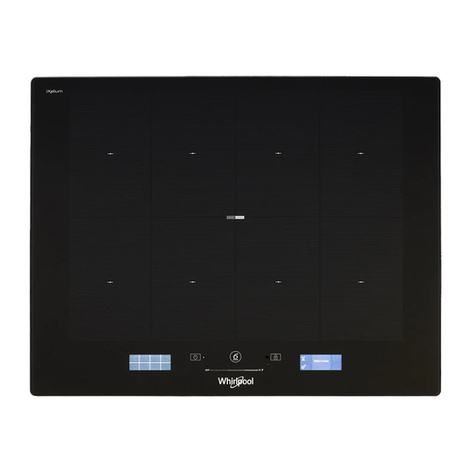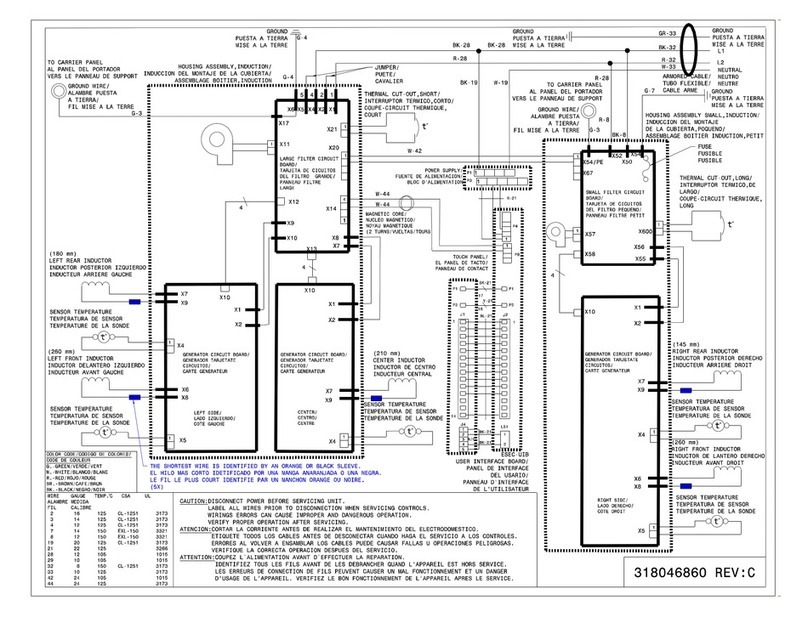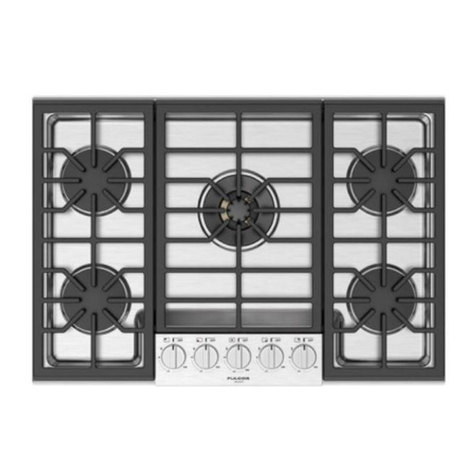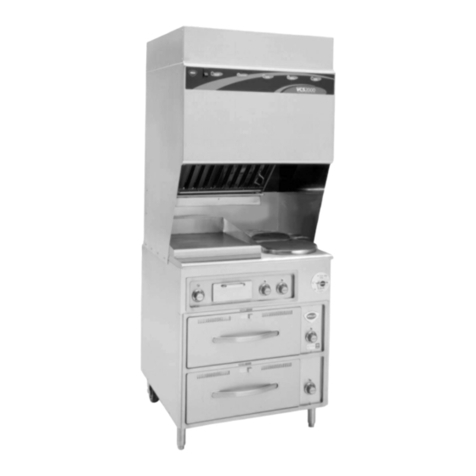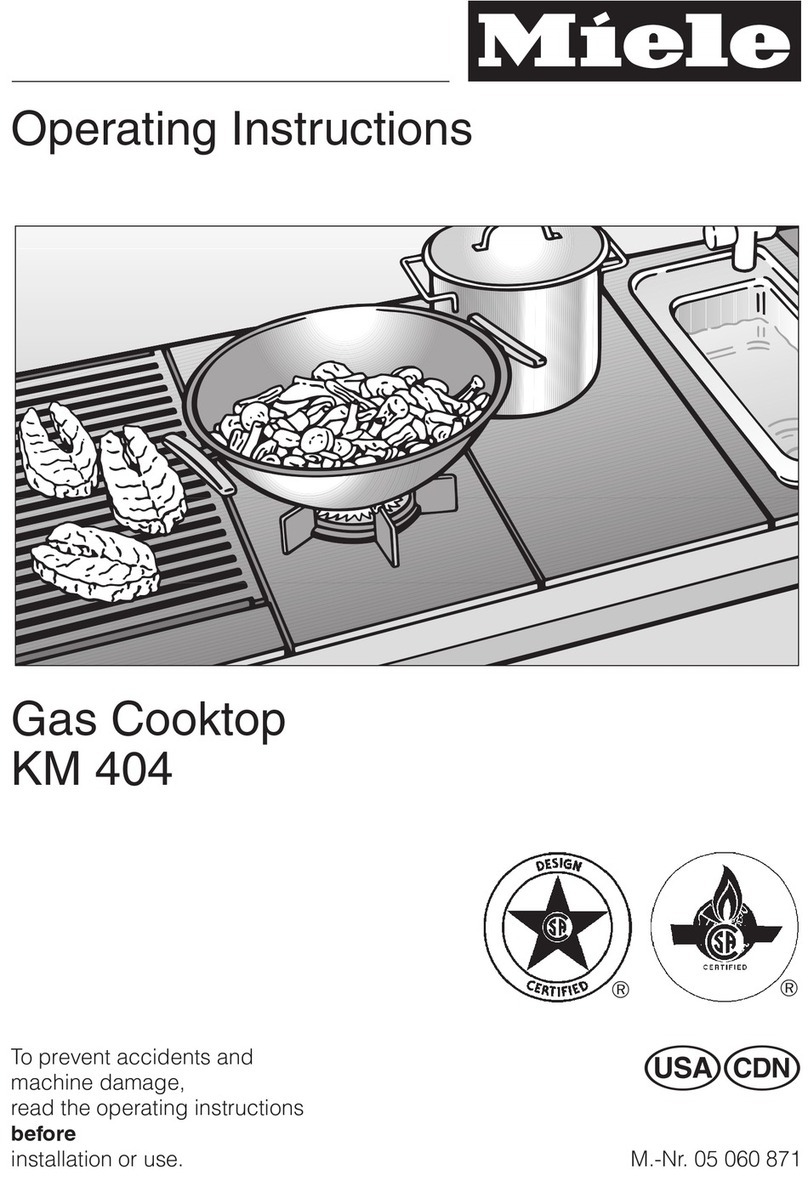
-If the appliance is expected to be inactive for a long period of time, clean it well, dry it and
protect it with a vaseline spray or similar product.
-It is recommended to clean the appliance in accordance with these instructions. If not, the
performance and durability of the appliance may be put in jeopardy.
PRECAUTIONS
-The main causes of deterioration and corrosion of stainless steel:
-The use of detergents or acids, especially with chlorine, for example, bleaches.
-The stagnation caused by deposits of iron oxide that dissolves in water and deposited
on the components, especially when the devices are not used for a long period of
time.
-The use of steel wool to remove stubborn dirt.
-The deposition and concentration of substances containing acidic components such
as vinegar, lemon juice or salt.
-Cleaning products with more aggressive characteristics should not even be used to
clean the floor of the equipments, because the fumes that emanate can be housed in
stainless steel surfaces and contribute to its deterioration
-Have the condition of the gas conduits checked regularly.
-At night or when the cooker is not used for long periods of time, close the gas line
shut-off valves.
-If you notice the characteristic smell of not burnt gas:
-DO NOT LIGHT A MATCH, or touch any electrical switch;
-Immediately close the RANGE GAS SHUT-OFF VALVE;
-Open the windows and call your gas supplier.
-Removal of old appliances:
-These devices are made of recyclable materials and contain no hazardous or toxic
substances. Non-household waste. Make sure the old appliances are disposed in full
compliance with current local regulations which were being used.
3 –MAINTENANCE
-Before performing any cleaning or maintenance operation, the appliance’s gas shut-off valve
should be closed.
-Stainless steel items: - Should be cleaned with water and dry with a soft cloth. If some
stains resist, you should use a mild detergent or hot vinegar. Whenever necessary, use the
right products to clean stainless steel. (After each use).
-Never clean of the appliance with water spurts or any other cleaning liquid.
-Cleaning the inside of the cookers must be done very carefully to avoid damaging the safety
devices. All components must be well dried. (Weekly).


